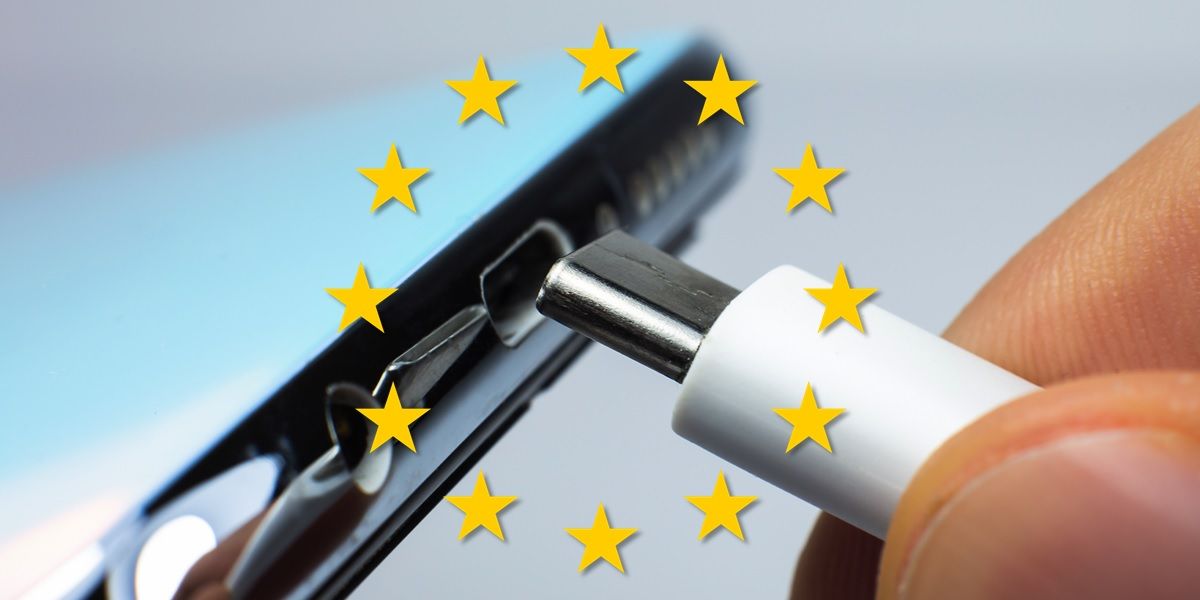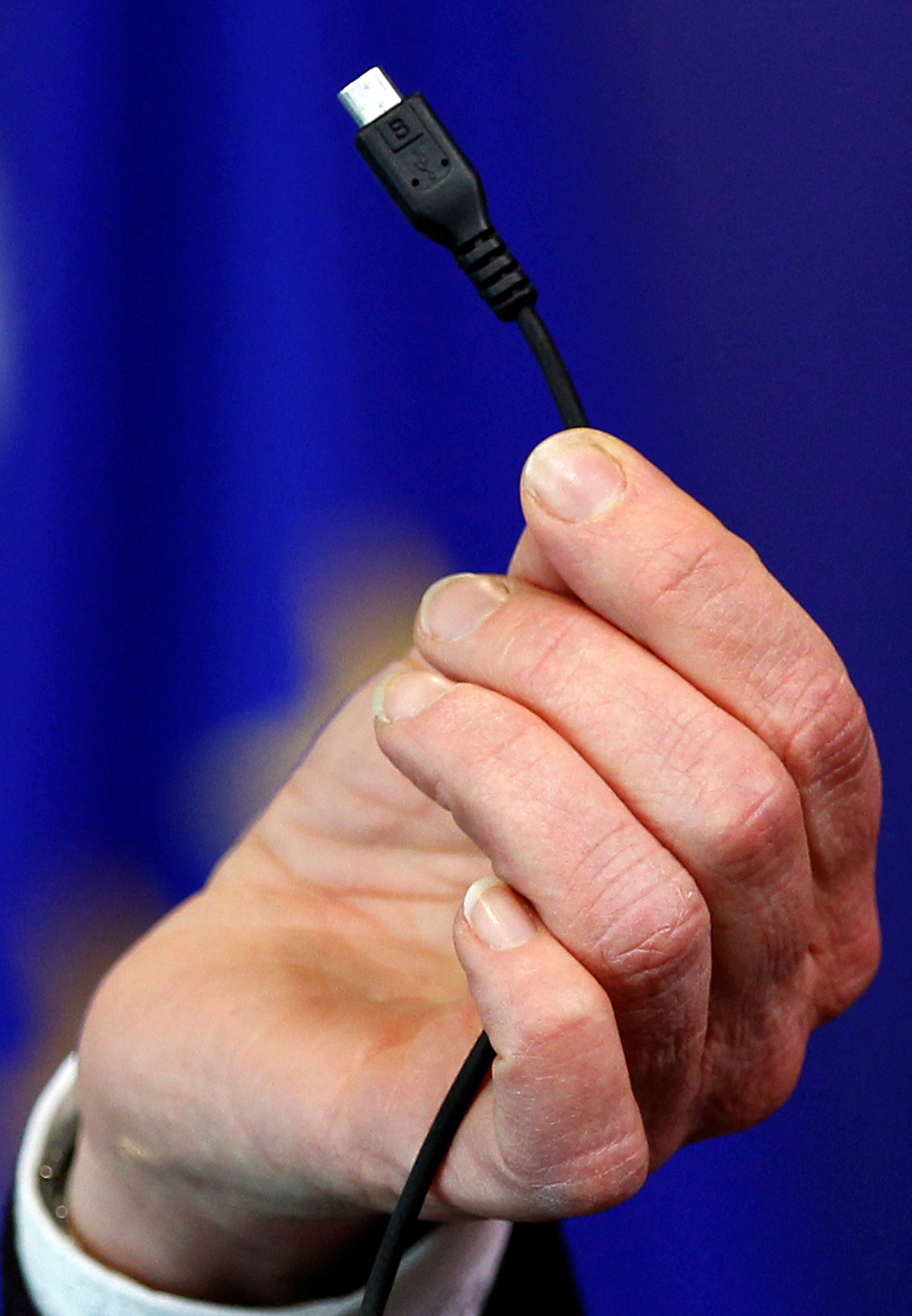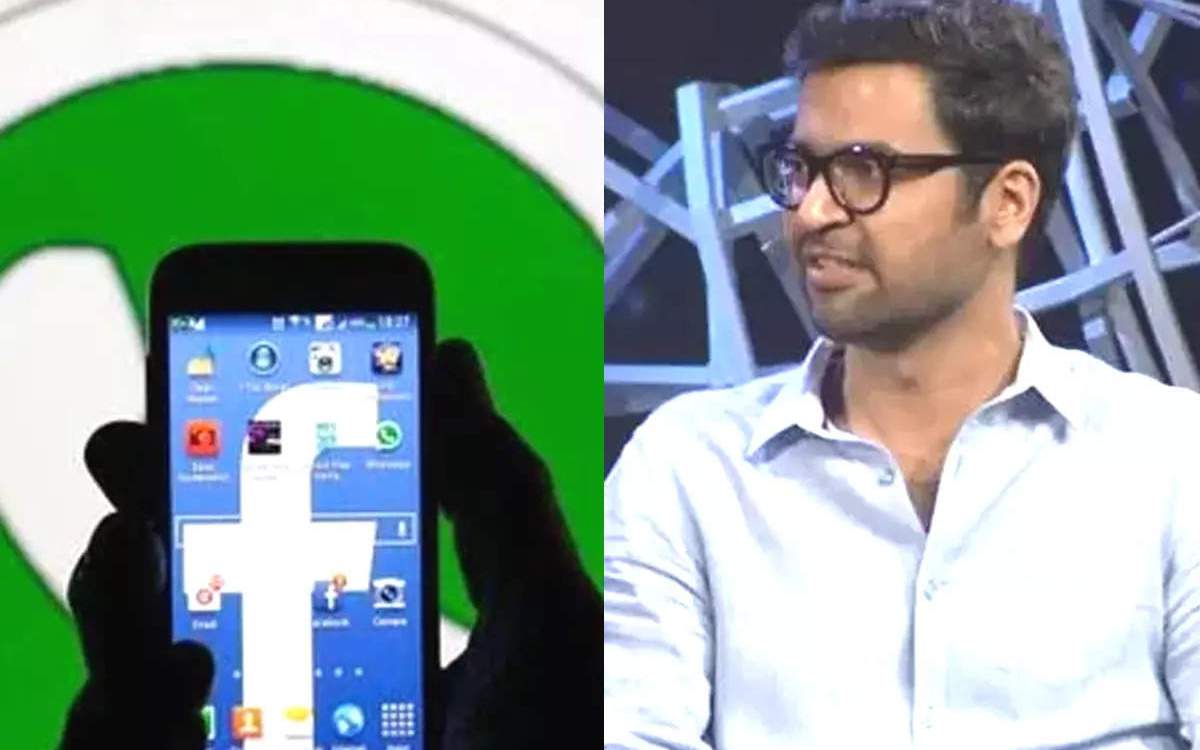EU’s plan for worldwide universal phone charging port goes a step further
In the past, EU regulators have concluded that voluntary initiatives have not achieved the desired improvement. Specifically, in 2009, European Commission facilitated an agreement between major industry players to find common solutions, resulting in a reduction in the number of charging ports for mobile devices. Since then, the European Commission’s idea of a single mobile charging port standard has been formed more than a decade ago but has not yet reached consensus. The committee again proposed the bill last year, but to no avail.
In fact, the European Commission is planning to make USB-C the charging standard for all smartphones, tablets and other electronic devices. In the event that the European Parliament approves this proposal, it will officially come into force from 2024. If applied, product manufacturers will be forced to use USB-C ports on devices sold in the market. European market, covering 30 countries.

The rules aim to cut down on e-waste by allowing people to reuse existing chargers and cables when they buy new electronics. Photo: @AFP.
Recently, the Consumer Protection and Internal Market Committee of the European Parliament on April 20 also agreed with this proposal of the European Commission. The Consumer Protection and Internal Market Committee also adopted its position on the revised Radio Equipment Directive with 43 votes in favor and 2 against.
The agency says the new rules will ensure consumers no longer need a new charger and cable every time they buy a new device and can use one charger for all medium and large electronic devices. their small. Cell phones, tablets, digital cameras, headsets and headsets, handheld video game consoles, and portable speakers can be recharged via a wired cable, so they’ll have to be equipped USB Type-C port regardless of manufacturer. The exemption will only apply to devices that are too small to have a USB Type-C port, such as smartwatches, fitness trackers, and some sports devices.
According to them, this is also part of a broader EU effort to address the sustainability of products, especially electronics on the EU market, and contribute to the reduction of e-waste.
Meanwhile, Apple’s iPhones use a Lightning charging cable, and Android devices are powered by a USB-C connector. As of 2021, 67.21% of phones sold in the EU are Android devices. Although EU citizens use Apple iPhones and Android devices, the decision seems to favor Android-friendly USB-C.
“With half a billion chargers for mobile devices shipped in Europe each year, generating 11,000 to 13,000 tonnes of e-waste, a single charger for mobile phones and electronic devices can and small will benefit everyone,” said Alex Agius Saliba, who led the debate in the European parliament.
An 18-page directive published by the European Commission estimates that the proposal would save EU consumers 250 million euros (£214 million) a year, in addition to reducing e-waste. However, the tech giants disagree.

The EU’s plan for a popular worldwide phone charging port goes a step further. Photo: @AFP.
Meanwhile, Thierry Breton, EU Commissioner for Internal Markets, said: “Chargers power all of our most essential electronic devices. As more devices emerge, so does the number of kits. Non-replaceable or unnecessary charging is on the rise. We’re putting an end to that. This move will help consumers take full advantage of a single charging standard.”
“European consumers have been frustrated long enough about incompatible chargers piling up in their drawers. We’ve given the industry plenty of time to come up with their own solutions, now the time is nine. ready for legislative action on a common charging standard,” said European Commission Executive Vice President Margrethe Vestager.
Apple is disappointed with this idea
This line of recommendations does not please Apple, as their iPhones are charged from the Lightning port. The company responded to the proposal saying that such a solution would harm innovation rather than encourage it, which would harm consumers in Europe and around the world.
In general, this will be a bill that has a big impact on Apple when the current iPhone still has its own Lightning charging port. Only some recent iPad and MacBook lines are equipped with a USB-C port. Other competitors like Samsung or Huawei have now equipped USB-C ports on the latest smartphones, although older devices still use micro-USB ports.
at Blogtuan.info – Source: danviet.vn – Read the original article here


